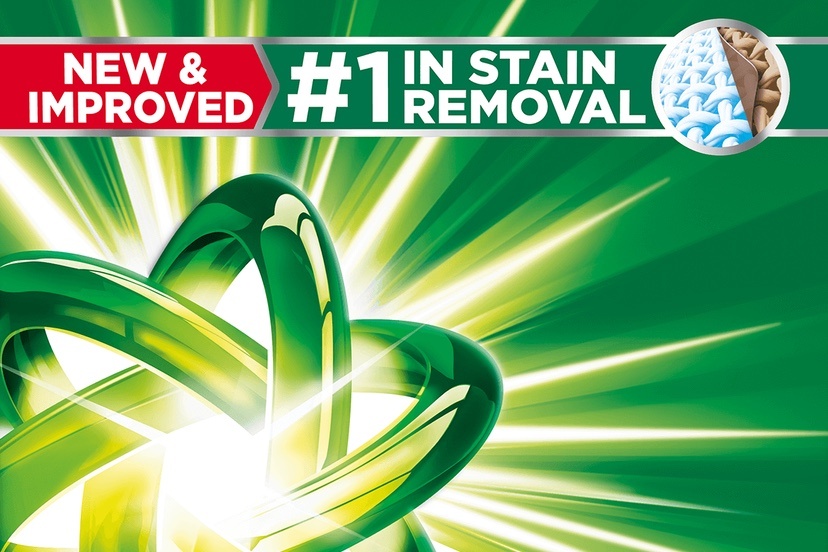While shopping the other day for a stain remover (don’t ask) I found one that was new and improved. The stain itself was also relatively new. But not improved.
Later that same day, I came across an interesting comment in the Daily Post… in a letter to the editor written by Richard P. Reading, the vice president of the Colorado Parks & Wildlife Commission, and reportedly a person with a PhD.
We’ve seen a lot of “back and forth” lately around Proposition 127, the ballot measure that would outlaw trophy hunting of mountain lions, and trapping of bobcats. Here in the Daily Post, it has seemed mostly “forth” with very little “back”.
Not my job to complain about how this website is edited. I just write my columns, and try to irritate everyone equally.
Anyway, Dr. Reading wrote that Colorado operates its wildlife programs based on the “North American Model of Wildlife Conservation.” That model, he said, clearly states that hunting must involve “fair chase,” and that wildlife cannot be commodified.
That’s a word — “commodified” — I’ve never had an occasion to use, particularly in relation to wildlife. In fact, I had to look up the meaning.
commodify /kə-mŏd′ə-fī″/
transitive verb
To turn [something] into, or treat [something] as a commodity; make commercial, sometimes at the expense of its intrinsic value.
Deer, for example, are delightful to look at. But as I watch them browsing in my vegetable garden, I have to wonder about their “intrinsic value”. I often think how equally delightful they would look, packaged up in meal-size portions in my freezer.
But would we want to make deer into a commercial commodity? The way we’ve made almost everything else into a commercial commodity?
We’ve apparently made bobcats and mountain lions into a commercial commodity, according to some of the Prop 127 letters I’ve seen here in the Daily Post. The overall assumption being that some things are better left in their wild state. Deer. Mountain lions. Rural mountain communities. Humor columns.
All of which got me thinking. Have we (unintentionally) made the town of Pagosa Springs into a commercial commodity?
I noted above, my recent purchase of a commercial commodity — a stain remover — which had presented itself as “New and Improved”. This is a typical advertising gimmick when you want to be noticed by the sometimes unobservant American consumer.
I was about the write: “the sometimes distracted American consumer” but then I thought better of it. Aren’t we constantly distracted?
This was kind of a new thought, to me — that Pagosa Springs has become, like so many wild things, a saleable commodity, perhaps at the expense of “its intrinsic value.”
When I have a new thought come to me, my brain typically doesn’t know what to do with it.
Old thoughts, over-thought thoughts, worn-out thoughts — those, my brain knows what to do with.
But a new thought is like… well, it’s like a new and improved stain remover.
Or, like meeting an attractive woman for the first time.
(Only one of those two examples can be considered a “commodity”. I’m not at all confused if the stain remover has “New & Improved” on the label. But an attractive woman wearing a t-shirt that says “New & Improved” would leave me confused.)
Once I allowed the thought that Pagosa Springs has been commodified to freely bounce around in my brain — to be wild, you might say — I realized that we need to do one of two things.
Either we need a big sign at both ends of town, saying “New & Improved”…
…or we need a Proposition on the ballot, making it illegal to commodify rural towns on Colorado.
Underrated writer Louis Cannon grew up in the vast American West, although his ex-wife, given the slightest opportunity, will deny that he ever grew up at all. You can read more stories on his Substack account.

